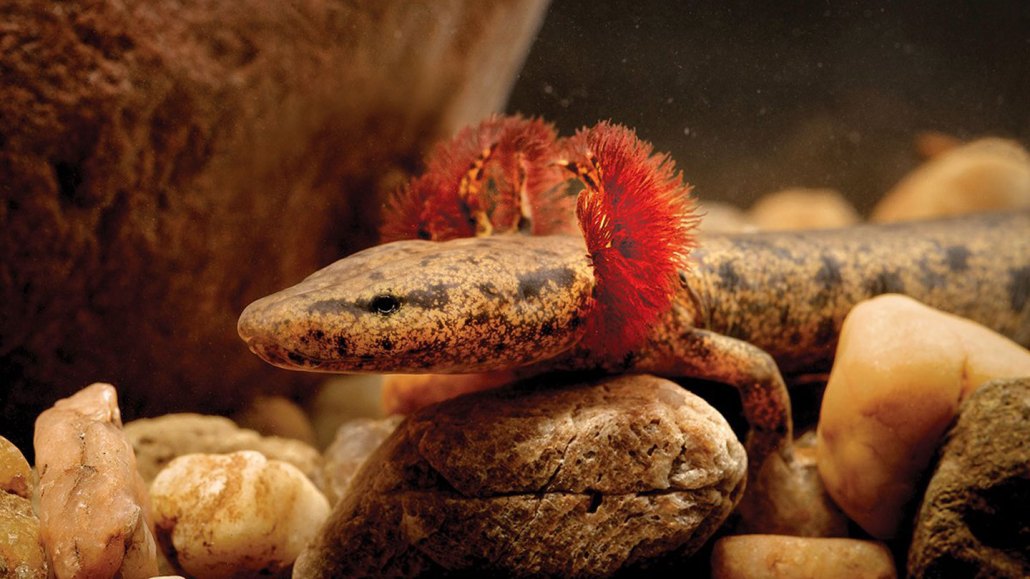Questions for ‘Living mysteries: This critter has 38 times more DNA than you do’

The Neuse River waterdog (Necturus lewisi) has the largest genome of any four-footed animal on Earth, 38 times the size of the human genome. This salamander inhabits two small river drainages in North Carolina. It is currently listed as a threatened species.
Melissa McGaw/NC Water Resources Commission